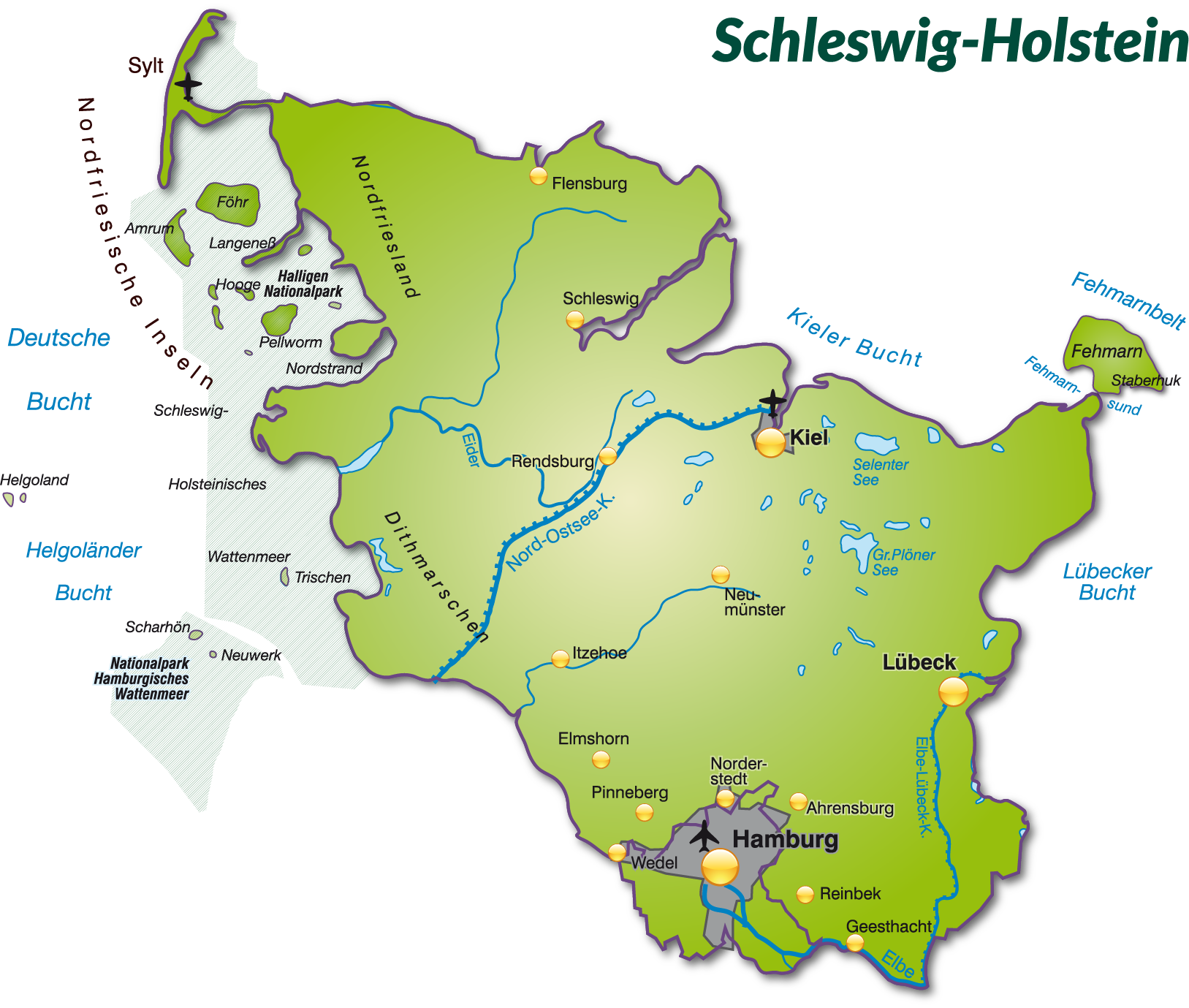
A “majority that is in a as safe situation as the Austrian people are” should certainly “regard a minority with particular generosity, as it finds itself in a less favourable situation”. So stated former Austrian President Rudolf Kirchschläger in 1975, a period of restrictive Austrian minority policy and increasingly heated atmosphere among the population in the bilingual region of Carinthia. German nationalist groups were then forcibly removing the bilingual German/Slovenian signage established by the Treaty of Vienna concluded between Austria on the one side and the US, the Soviet Union, France and the United Kingdom on the other side. The outbreak of what came to be called the signpost riots (1972) began a new chapter in the assimilation of Slovenes living in Carinthia, a process that continues to this day. This is only one example of many similar cases involving various minorities in Europe in which support measures to offset the unfavourable treatment were not exercised, or remained the exception rather than the rule (→ Formal Equality).
Bilingual Signage – The Signpost Dispute

Photo: Adobe Stock/Яна Василевская
In 2001, the Austrian Constitutional Court struck down a provision of the National Minorities Act from 1976, which had stipulated that bilingual place names would only be required in those municipalities in which more than 25 percent of the population belonged to a national minority. In this judgment (and many similar judgments were to follow) the court came to the conclusion that bilingual place names must be erected in municipalities with at least 10 percent Slovenian population. However, only in 2011, after ten years of seemingly endless heated political discussions did the Austrian Parliament enact a law implementing the high court’s decision. This new Federal Act on National Minorities requires all municipalities with more than 17.5 percent Slovenian population to erect bilingual signs and introduce Slovenian as an official language at the municipal level. The implementation of this law results in the erection of 164 new signs. This represents a compromise solution reached between the majority population and the minority (represented by homeland associations, Slovene organisations and political parties in Carinthia). Other solutions that have been proposed and discussed would have resulted in only 150 or as many as 400 bilingual signs. Against this background, and especially considering the message of the Constitutional Court, this compromise seems to be rather modest in nature and not at all far-reaching. On the other hand, the compromise can be seen as finally concluding an endless political debate, long years of political neglect, and a persistent failure to implement the obligation resulting from the above mentioned treaty.
Political Representation – The Controversy over the 2005 Schleswig-Holstein Elections

Photo: Adobe Stock/Artalis-Kartographie
Another example of the friction that often characterises relations between a majority and a minority comes from the German-Danish border region. After the regional province elections in Schleswig-Holstein on 20 February 2005, the CDU and FDP held 34 seats, the SPD and Greens 33, and the South Schleswig Voters’ Association (SSW) just two seats, with only 3.6 percent of the vote. As is so often the case in minority areas in Europe, here too, the low number of minority members prevents representation in the parliament since the general obligation to gain a minimum percentage of the total votes in order to qualify for Parliamentary seats, is extremely hard for minority parties to meet. In fact, only the Bonn-Copenhagen Declarations of 1955, freeing the SSW of the five-percent threshold, allowed the Danish and Frisians minorities to enter the state legislature.
When it formed a government in the spring of 2005, the SSW did not limit its political discourse to minority-specific programmes, but pursued (as it had in the election) general economic, social and educational policy goals – programmes that were legitimized by its rather successful performance as both a regional and a minority party. By doing so, the SSW had also been elected by the non-minority population throughout the region. The ensuing discussion revolved around the question of whether a privileged minority party (which had been freed from the five percent threshold) need limit itself to minority issues in the narrowest sense of the word (→ Participation). Were they allowed to behave as a normal party, without giving up their exemption? Four days before the election in Schleswig-Holstein, the five-percent exemption “privilege” was confirmed by Germany’s national Constitutional Court in Karlsruhe. While the Danish minority resides only in the Schleswig region, the decision of the Constitutional Court also applies to the exemption from the five-percent electoral threshold in Holstein.
The stalemate that followed the elections in Schleswig-Holstein (and the role of the SSW as the kingmaker that was willing to support a red-green minority government) led to an unexpected revival of resentment against the minority, as well as a backlash against 50 years of increasingly harmonious political development. Political agitation against the Danish and Frisian minority party culminated in death threats and prevented the re-election of SPD Minister President Heide Simonis.
Recognition – A Vital Question for Minority Promotion

Photo: Adobe Stock/Niko_Cingaryuk
In addition to the Danes, the Sorbs, Frisians, Sinti and Roma form the four minorities officially recognized in Germany. The Danish minority differs from the others in its comparatively compact settlement area on the Danish border in Schleswig-Holstein. The Frisians reside in two geographically separate settlement areas in Schleswig-Holstein and Lower Saxony, while the Sinti and Roma are dispersed throughout the whole federal territory (→ Roma). Unlike the Roma and the Frisians, the Sorbs live in a geographically contiguous, non-urban area of Lusatia, located in the two federal states of Brandenburg and Saxony.
At the regional level, both Saxony and Brandenburg have adopted minority protection rules for the Sorbs that, however, not all were effectively implemented. For example, bilingual signage is in place, but the right to use the Sorbian language in official matters is only theoretical (in fact, Sorbian language skills are not a criterion for hiring public officials). The number of active speakers (minority members who speak and write Sorbian) can only be estimated but is not more than 30,000. In many communities, Sorbs now account for less than 10 percent of the population. Pronounced mixing with the German population dates back to the pre-1945 Germanisation, but the settlement of German repatriates from the East, as well as extensive coal mining, caused a large influx that amounted to 10 percent in some cities, resulting in a gradual assimilation of the Sorb population.
Legislation in Saxony and Brandenburg includes essential measures for the preservation and revitalization of the Sorbian language. Nevertheless, the number of students in Sorbian schools is decreasing, as Sorbian is increasingly learned only as a Second Language (→ Education). The already extremely high unemployment rate even before the recent economic crisis led to increased emigration of young Sorbs, which has had a dramatic impact on demographic development (→ Business and Economic Crises). Additionally, there is no political framework making the added value of the Sorbian language apparent to the majority population. Instead of acting as an interlocutor to the Slavic neighbouring states, there is a tendency toward right-wing extremism. The consequences include social problems and the closing down of minority schools. This, together with the lack of minority promotion by either of the two States or the federal government, endangers the continuance of the various activities sustaining the Sorbian culture.
Various legal frameworks are the basis of the recognition of the Slovenes, Croats, Hungarians, Czechs, Slovaks and Roma in Austria. Only in 1992, Slovaks and Roma were recognized as ethnic groups, and the existence of the Slovene minority in Styria was long ignored despite the fact that the rights of this minority are guaranteed under the Treaty of Vienna.
A difficulty with the recognition of the Roma has been that the at least partially nomadic population did not meet the generally-accepted definition of an ethnic group. (→ What is a “Minority”?). Roma migrant workers arriving in the last forty years now make up the largest portion of minority members living in the regions of Lower and Upper Austria, Vienna, Styria, and finally, in Burgenland, where at least their language (Romany) is promoted in the schools (→ Speaking of Languages). Over 20,000 Romany-speaking Roma live in Austria (based on self-identification figures), and in the future, it will be interesting to see whether the ethnic group lays claim to rights such as native-language education or media coverage outside of the province of Burgenland, or if their scattered settlements and social problems pose the danger of total assimilation (→ Roma).
In addition to the special position of the Roma as a recognised ethnic group, internal migration, immigration and naturalisation of migrant workers represent a new picture of Austrian ethnic groups. Particularly in Vienna, the remarkable increase in size of the Hungarian and Croatian ethnic populations owes to immigration. Thus, the Viennese Hungarians recognized as part of the minority in Burgenland derive from waves of emigrants and refugees from Hungary through the 40s and 50s. In contrast to recognized ethnic groups in Vienna like the Czechs, Slovaks and Hungarians, attempts to recognize the Polish-speaking population as an ethnic minority have failed, even though Polish has been a traditionally-spoken language in Vienna since the days of monarchy.
State Objectives: A Modern Approach to Minority Rights

Photo: Adobe Stock/Photocreo Bednarek
The recognition of the Austrian minorities is based on a number of legal provisions. The “Magna Carta” of minority protection for Croatians in Burgenland and Slovenes in Carinthia and Styria is the 1955 Treaty of Vienna. Other minorities, in contrast, have had to rely either on the 1919 Treaty of Saint-Germain or the so-called “Staatsgrundgesetz” dating from the era of monarchy. In July 2000 the Republic of Austria committed itself to the Protection of National Minorities in its constitution (in the so-called “Staatszielbestimmung”). With this step, the four parliamentary fractions unanimously took a first step toward the unification of the system of minority protection. Therein, the Republic pledges to safeguard and promote the linguistic and cultural diversity of autochthonous ethnic groups. Here, in the fundamental principles of the constitution, where German is identified as the official language of the Republic, we find the first commitment to a multilingual, multicultural Austria.
Minority protection, like other State Objectives, is now an objective standard for future policy direction, administration and jurisdiction. The Council of Europe’s Framework Convention for the Protection of National Minorities and the European Charter for Regional or Minority Languages can, in combination with this new State Objective, help to initiate a new phase of modern minority policy in Austria (→ Organisations). The question of whether immigrant minorities must now be considered under the traditional definition of minorities is still rejected by prevailing opinion (→ Kaleidoscope of Demographic Change). But is there a major difference between recognized groups such as the Croats in Burgenland or Vienna’s Hungarians, Roma and Sinti and, on the other hand, new minorities not explicitly mentioned in the State Objective (→ What is a “Minority”?)? The Burgenland Croats emphasise their accomplishment of social integration and their integration into the Austrian political system; the Viennese Hungarians are composed partly of naturalized immigrant workers, yet the Roma and Sinti are still denied integration into the larger society. So in its diversity, this picture does not seem entirely different from the world of new minorities. Isn’t the main concern of these new minorities precisely this economic and social integration, paired with a fear of assimilation and a need to preserve their identity?
It is therefore incomprehensible that the phrasing of the State Objective did not expressly incorporate a constitutional commitment to a diversity of cultures. The same can be applied to Germany and the eventually failed discussions of its Constitution’s Article 20b. The deliberations of the Constitutional Commission made it clear that just as in Austria’s State Objective, new minorities must be included. The German Social Democratic Party’s draft of Constitution Article 20b expressly provides protection for new additions to traditional ethnic minority protection: “The State shall respect the identity of the ethnic, cultural and linguistic minorities.”
Two take aways:
- In relations between a minority and a majority, the disadvantaged group must be legally recognised as such. Under certain conditions it must be granted preference in order to achieve de facto equality. There are many examples where such affirmative actions, intended to compensate for disadvantages, are not taken, or are improperly implemented. In particular, exercising collective or group rights – as in the context of political representation – requires a certain special handling. For instance, thresholds at political elections that are higher than 5 percent are considered too high to be fulfilled by minorities.
- Similarly, from a comparative perspective, legal systems are excessive if the right to use a minority language as an official language or the right to bilingual place names is made dependent on a threshold requiring 20-25 percent of the population to belong to the minority. In this vein, the Austrian Constitutional Court struck down a threshold of 25 percent; a minority percentage of 17.5 percent has since been established as a rather restrictive benchmark by the Austrian legislature.
